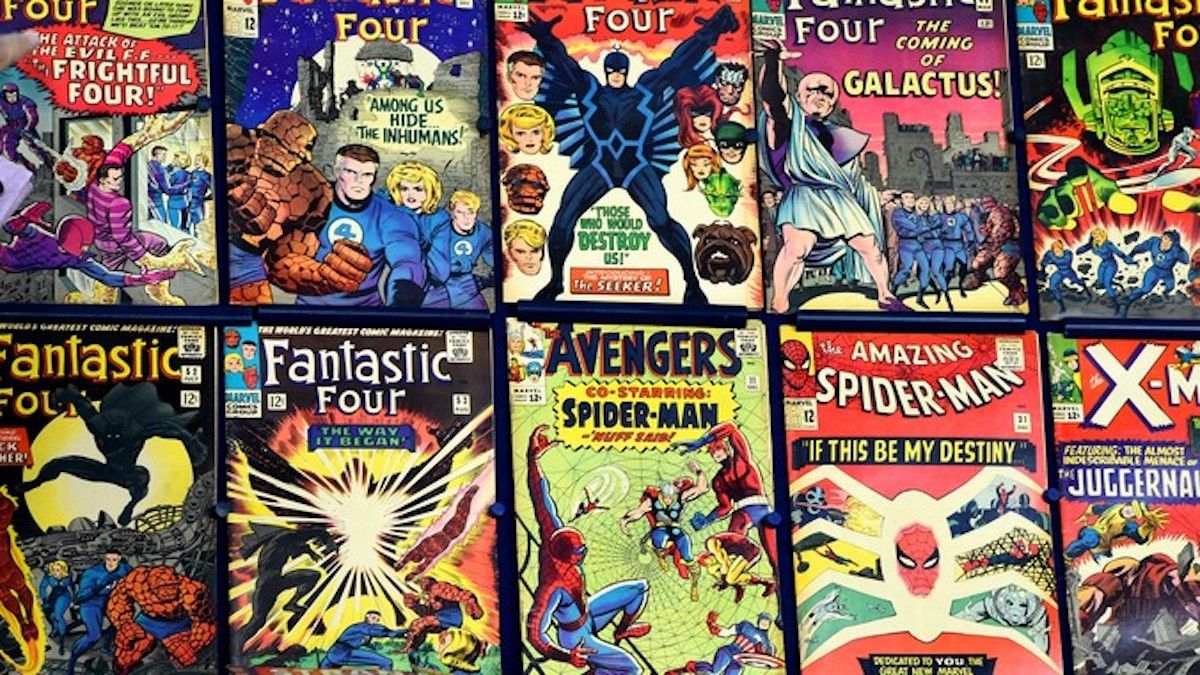The characters from Marvel Comics, such as Spider-Man, Captain America, Iron Man, Thor, The Avengers, and The X-Men, have achieved legendary status all over the globe as a direct result of the unparalleled success of the Marvel Cinematic Universe and other comic book films. In addition to Marvel’s fictitious characters, the success of the films has lifted Stan “The Man” Lee, the “creator” of those characters, from a well-known author to a legendary figure in the entertainment industry, potentially on par with Walt Disney when Disney died away in 2018.

Lee’s outgoing demeanor in interviews, as well as his well-known appearances in Marvel films, most certainly contributed to his success. The only problem with praising Lee for his accomplishments? He may not have created them at all, and definitely not by himself.
In the early 1940s, Stanley Martin Lieber began his career in the comic book industry after receiving a reference from an uncle to work for Timely Comics, the company that was the forerunner of Marvel Comics. There, he worked as an assistant and filler writer. Later on, Lieber started writing and editing professionally under the pen name Stan Lee, and he eventually rose to a full-time position in both fields.
Lee returned to the firm after fighting in World War II and had worked his way up the corporate ladder by the early 1960s, but the situation of the financial comic book industry at the time, along with Lee feeling artistically limited, caused him to contemplate abandoning comics. {Source: Marvel.com}

According to folklore, Lee’s wife persuaded him to write one book “the way he wanted to.” Lee replied by co-creating the Fantastic Four with producer Jack Kirby (remember that name?).
The characters on the team, Mr. Fantastic Reed Richards, the Invisible Woman Sue Storm, her brother Johnny Storm AKA The Human Torch, and Ben “The Thing” Grimm, were written to be more realistic than their counterparts in DC Comics, such as Superman and Batman. The characters frequently found themselves at odds with each other and their cosmic rays-acquired superpowers. The book was an enormous hit, and its publication helped propel Marvel Comics into the 1960s.
Lee and Kirby produced a slew of notable characters for Marvel in the three years after the premiere of the Fantastic Four, including the Hulk, Thor, Iron Man, Ant-Man, Wasp, Silver Surfer, Black Panther, and the original X-Men. Sub-Mariner and Captain America, both developed by Kirby and Joe Simon in the 1940s, were both modified and relaunched by the two.

On the other hand, things were far from perfect behind the scenes. The artists working for Marvel, especially Jack Kirby and Steve Ditko, started to resent the amount of praise that Stan Lee was receiving for Marvel’s success. You have to understand that back in those days, the comic books published by the firm followed a certain creative procedure that came to be known as the “Marvel Method.”
Lee and the artist would come up with the fundamental concept for each issue, and then the artist would draw it in its entirety, fleshing out the storyline, adding new characters, and basically finishing the tale. Lee would then write the issue. When Lee was finished with the issue, he would finish it by adding dialogue and captions.

The Marvel Method as dramatized in a Spider-Man Annual from the period. Marvel
According to later interviews, it was claimed that the significance of the initial plotting sessions had been overstated. Artists like Ditko and Kirby claimed to be the primary creative forces behind the core Marvel stories, so it can be said that the artists were arguably doing the majority of the creative work.
Lee, for his part, always claimed that he did contribute much more to the creation of Marvel’s core characters than either of the legendary artists gave him credit for after the fact. Kirby passed away in 1994, and Ditko passed away in 2018, but he had been a recluse for decades before his death. Lee frequently praised both of them in media interviews.

In the end, it’s hard to tell how much – or how little – Stan Lee contributed to the development of the Marvel Universe, but it’s certain that his media presence and cinematic appearances have long eclipsed the work of artists like Jack Kirby and Steve Ditko in the public’s sight.


